Caution
High Hazard
Extreme
Increased Stingray Activity
Active/Upcoming Event
Kamaole
Water Temperature
...
Wave Height
...
Wind
...
Kalua o ʻAihakōkō, "the put of ʻAihakōkō," is a place name was formerly associated with the shoreline at Kamaʻole I Beach Park. In Ruling Chiefs of Hawaii, Hawaiian historian Samuel Kamakau gives this brief description of the origin of the name: "Kiha a Piʻilani killed ʻAihakōkō lamented grievously at sea. He landed at Kapaʻahi in Kamaʻole, Kula, and that place was given the name Ka lua o ʻAihakōkō (ʻAihakōkō's pit)." Today the entire area is known as Kamaʻole I Beach Park.
The beach at Kama’ole II is a very white sand beach located between two rocky points. The sandy offshore bottom drops off sharply to overhead depths. Usually a small shorebreak is present, attracting bodysurfers. Swimming is safe except during periods of heavy surf or kona storm. Facilities in the grassy park include restrooms, showers, picnic tables, barbecue grills, and paved parking. Kama’ole II Beach Park is located in the 2500-area of South Kihei Road.
The north point of Kamaʻole III Beach Park was once known as Kalaehuku, and this name included the sand beach as well. The rocky south half of the park's shoreline was called Anaʻiao, for an inlet where large schools of ʻiao, a popular bait fish, congregated. The beach at Kama’ole I11 is a short but wide pocket of white sand bordered by rocky points. Large rocks are also exposed in several places along the beach at the water's edge. The sandy offshore bottom slopes quickly to overhead depths-a danger to little or nonswimming children. The waves in the shorebreak attract bodysurfers. The ocean is safe for swimming except during heavy surf or kana storms. During these times strong rip currents and a powerful shorebreak make swimming very dangerous. Although Kamaʻole III has the smallest beach of the three Kama’ole parks, it seems to be the most popular.
amenities
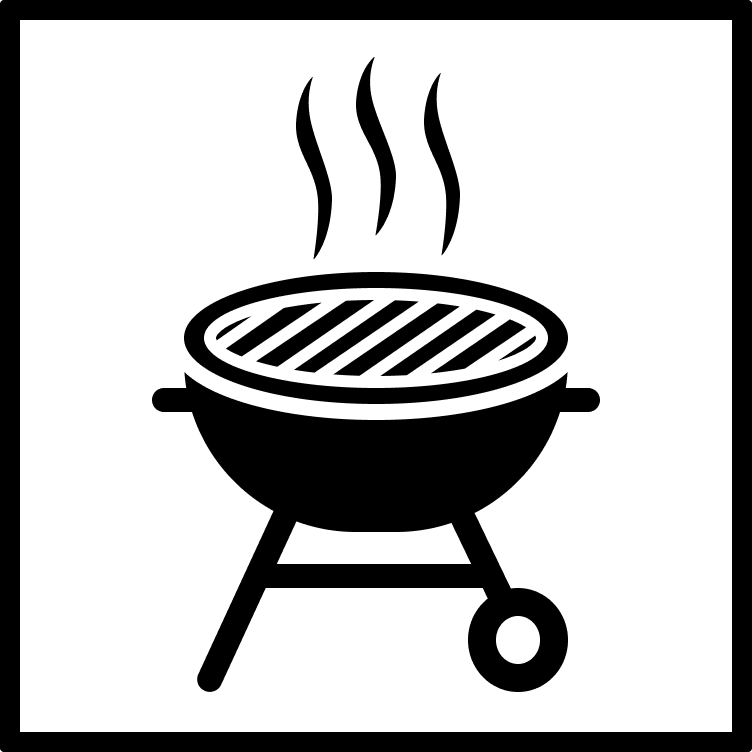
BBQ Grills

Metered Parking

Picnic

Playground

Restrooms

Showers
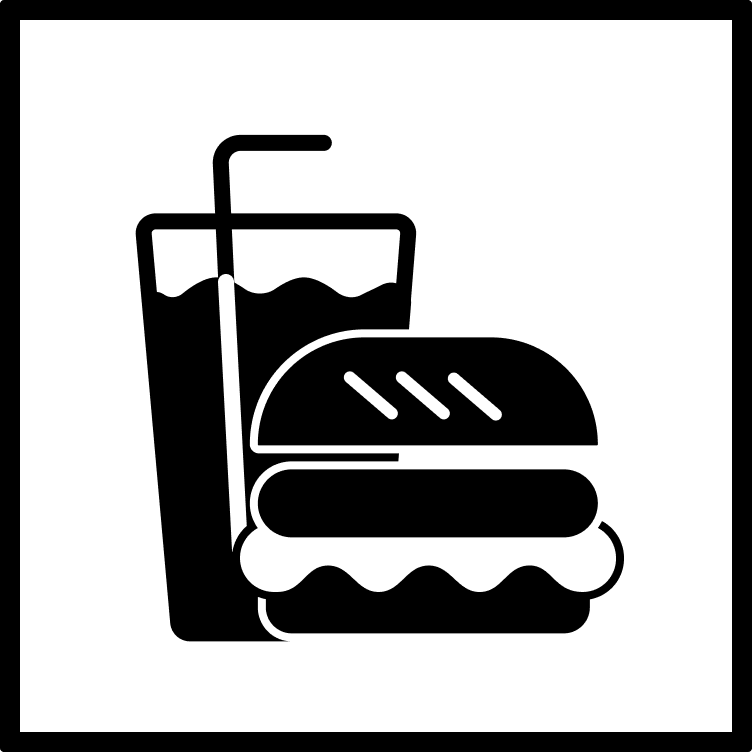
Snack Shack
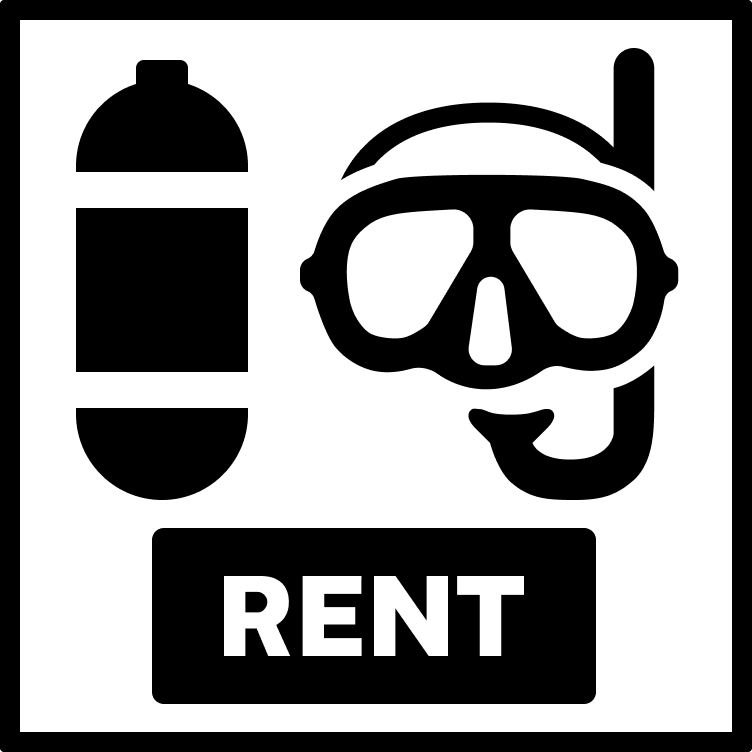
Gear Rental
activities

Fishing
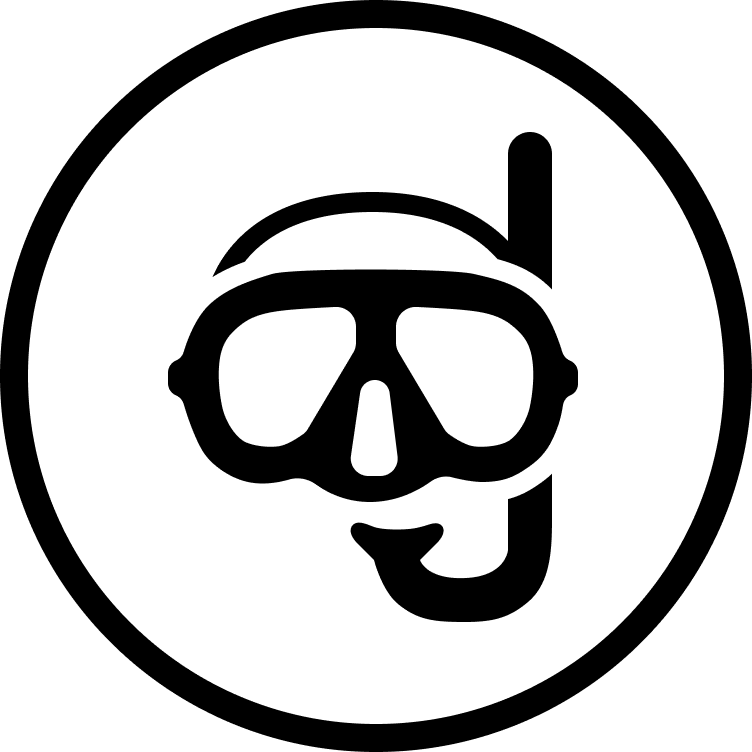
Snorkeling
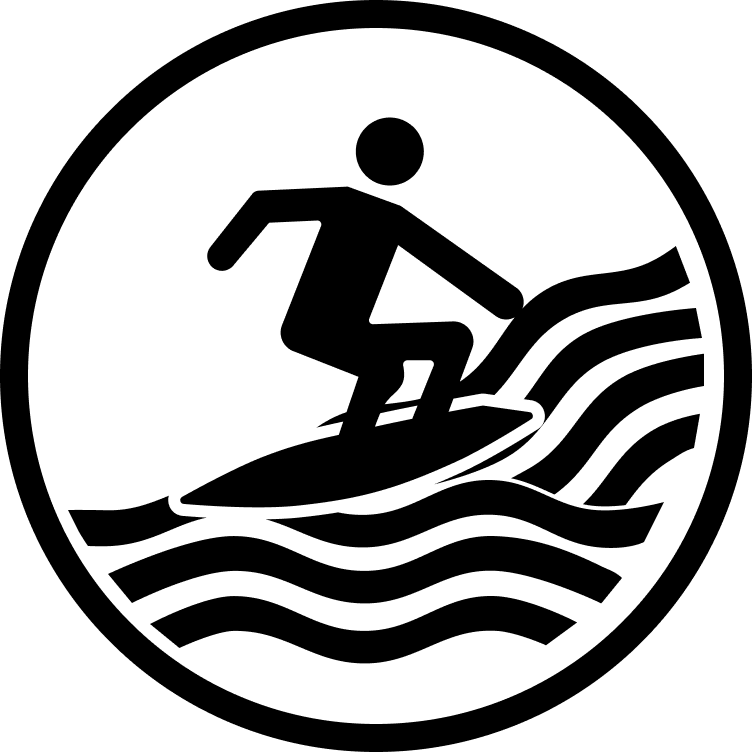
Surfing

Swimming
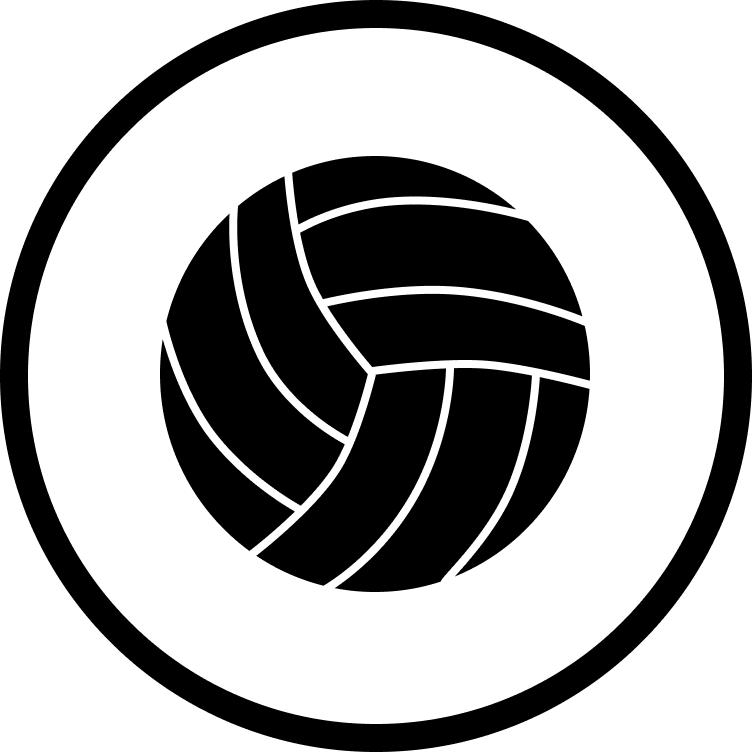
Volleyball
prohibitions
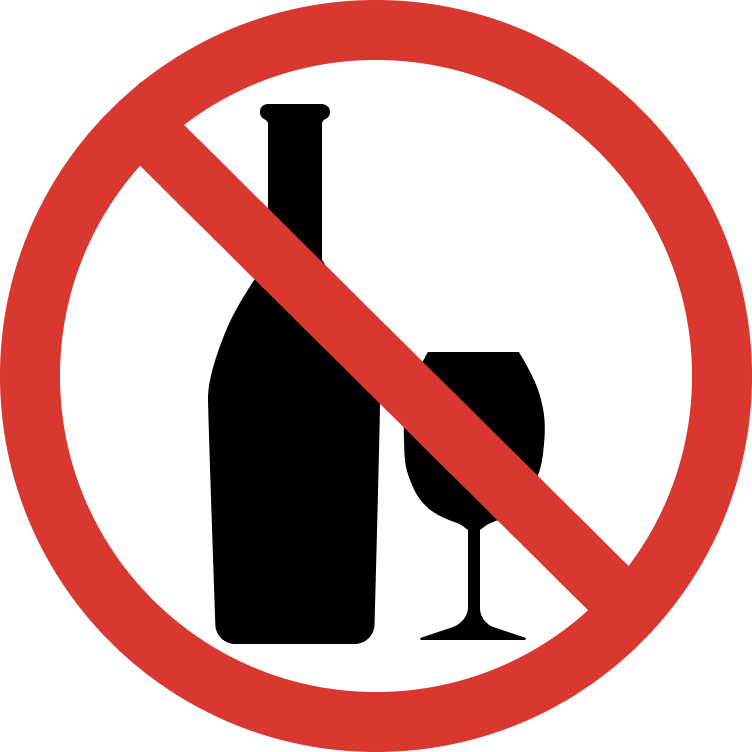
No Alcohol

No Amplified Music
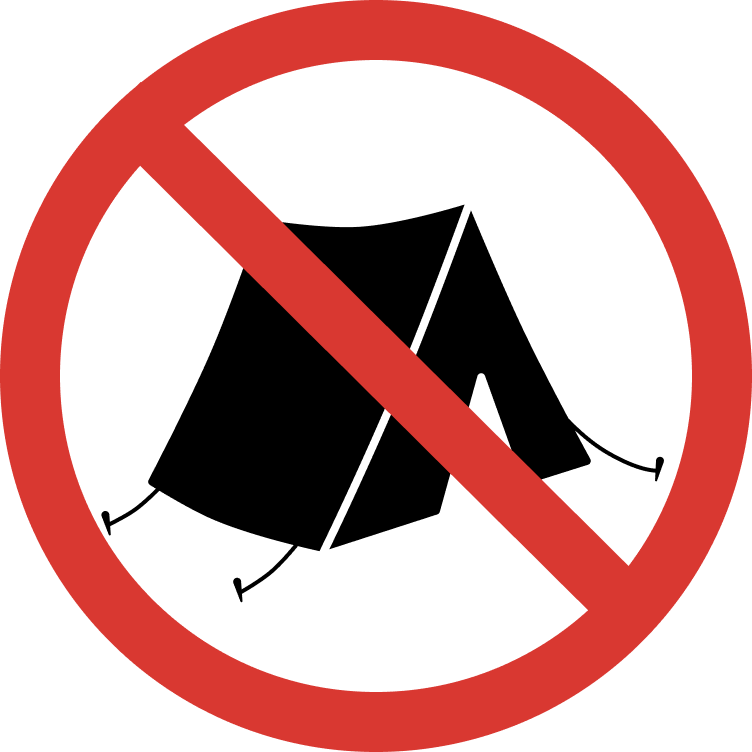
No Camping
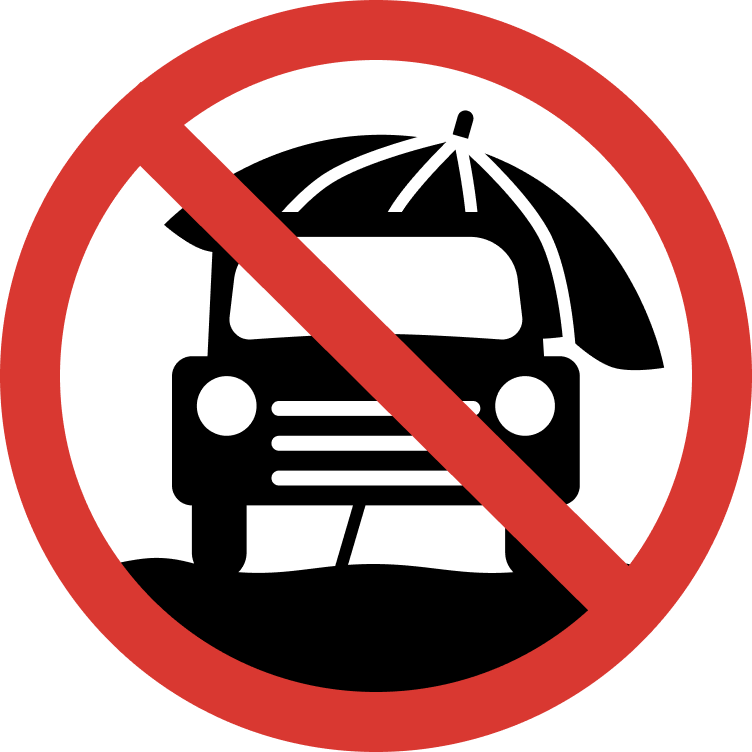
No Cars on Sand
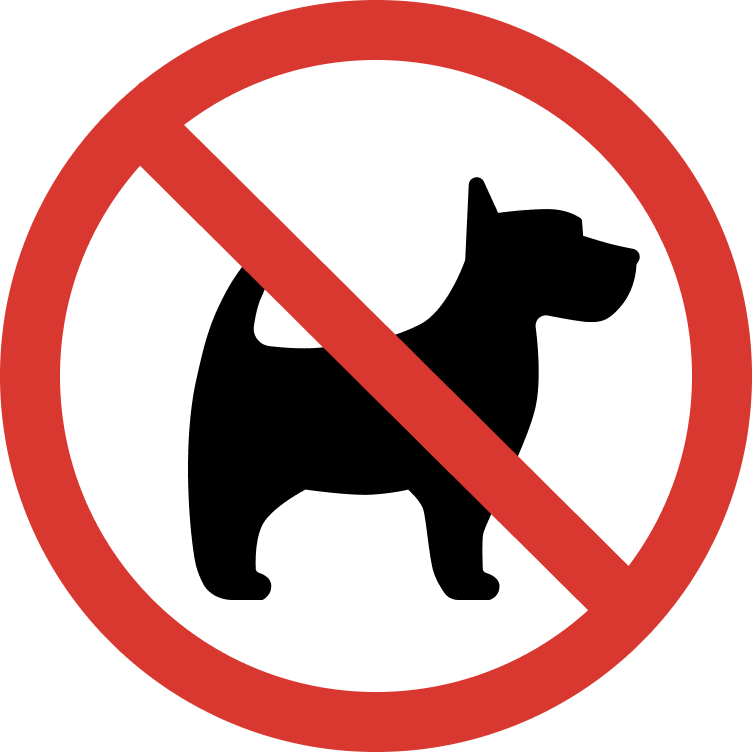
No Dogs

No Fire Pits
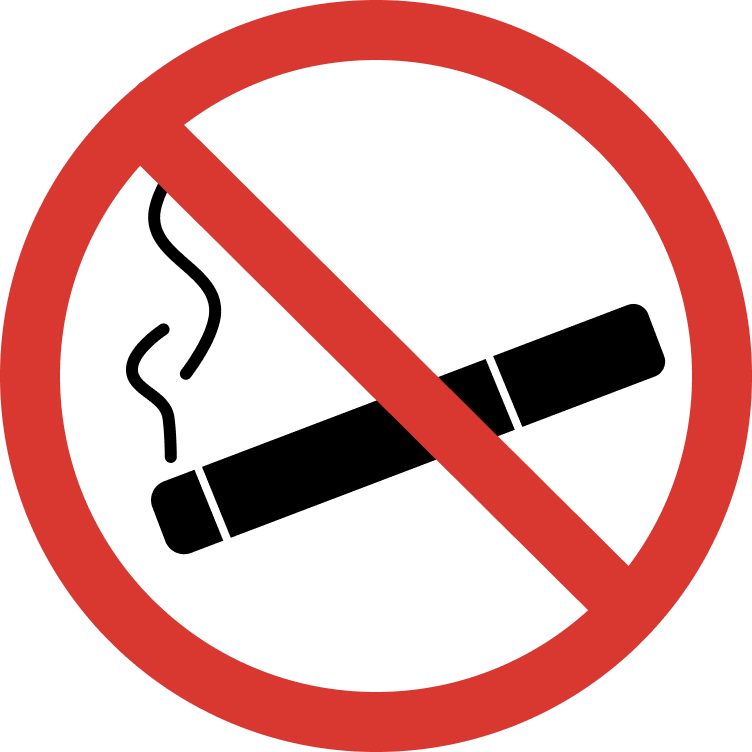
No Smoking
hazards
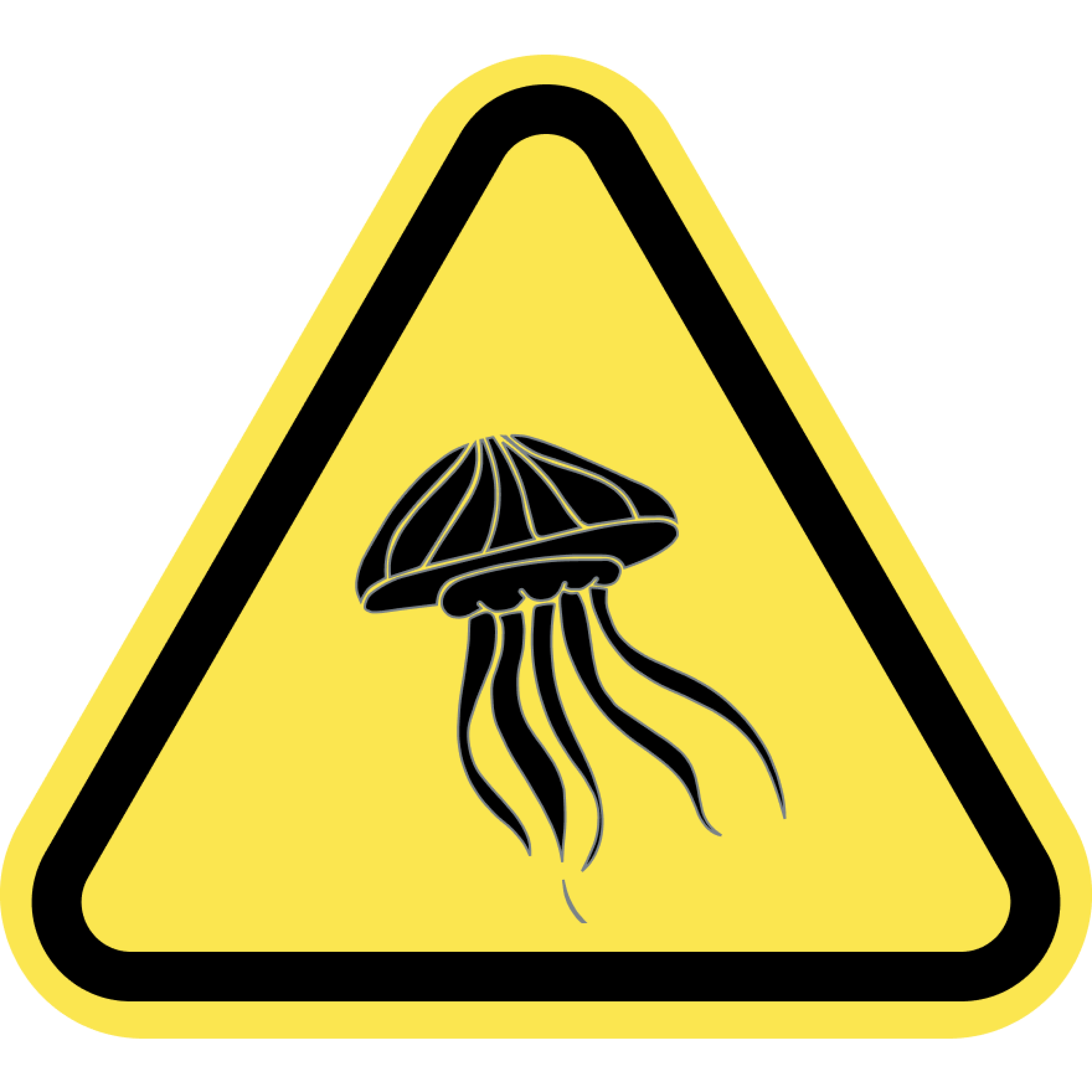
Jellyfish
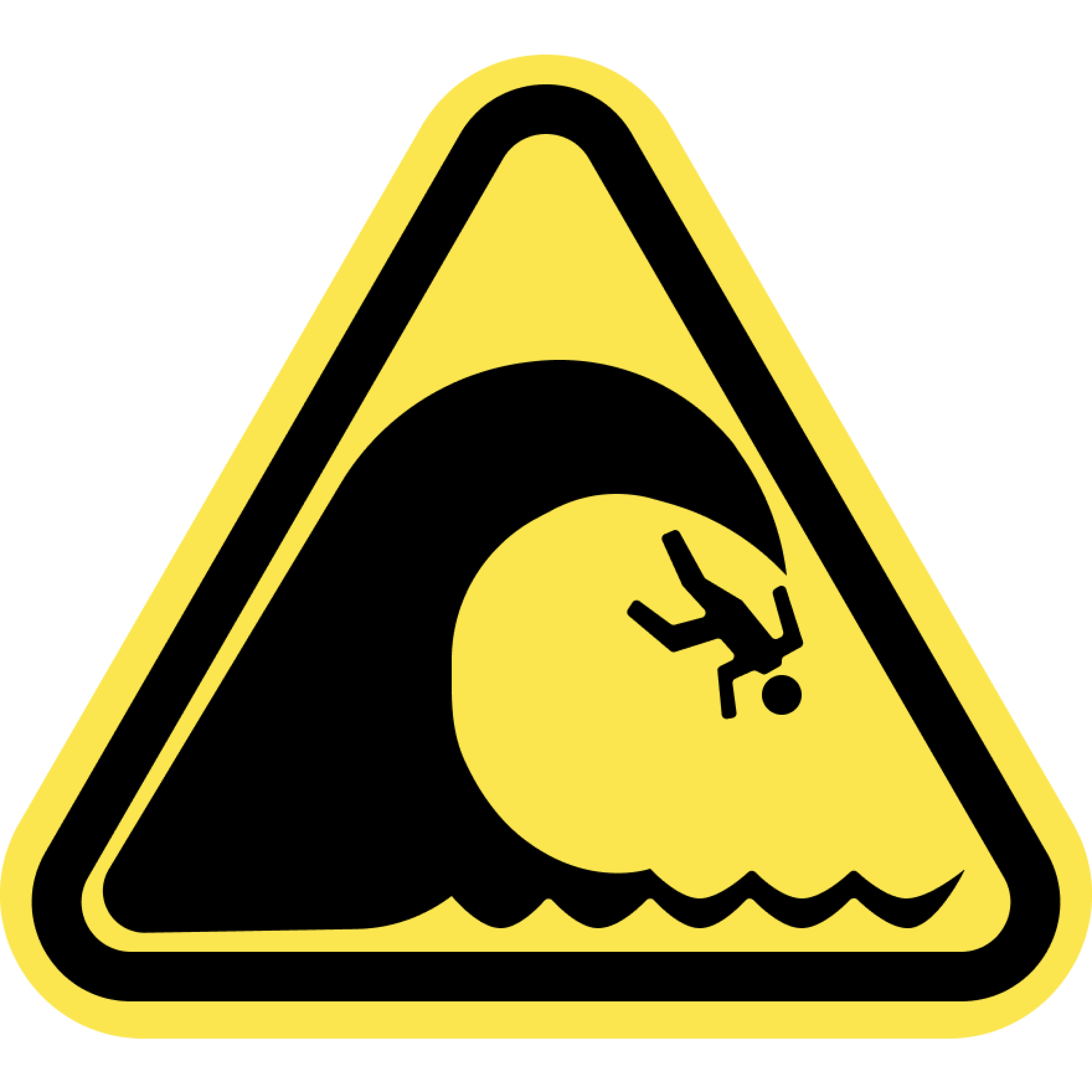
Large Waves
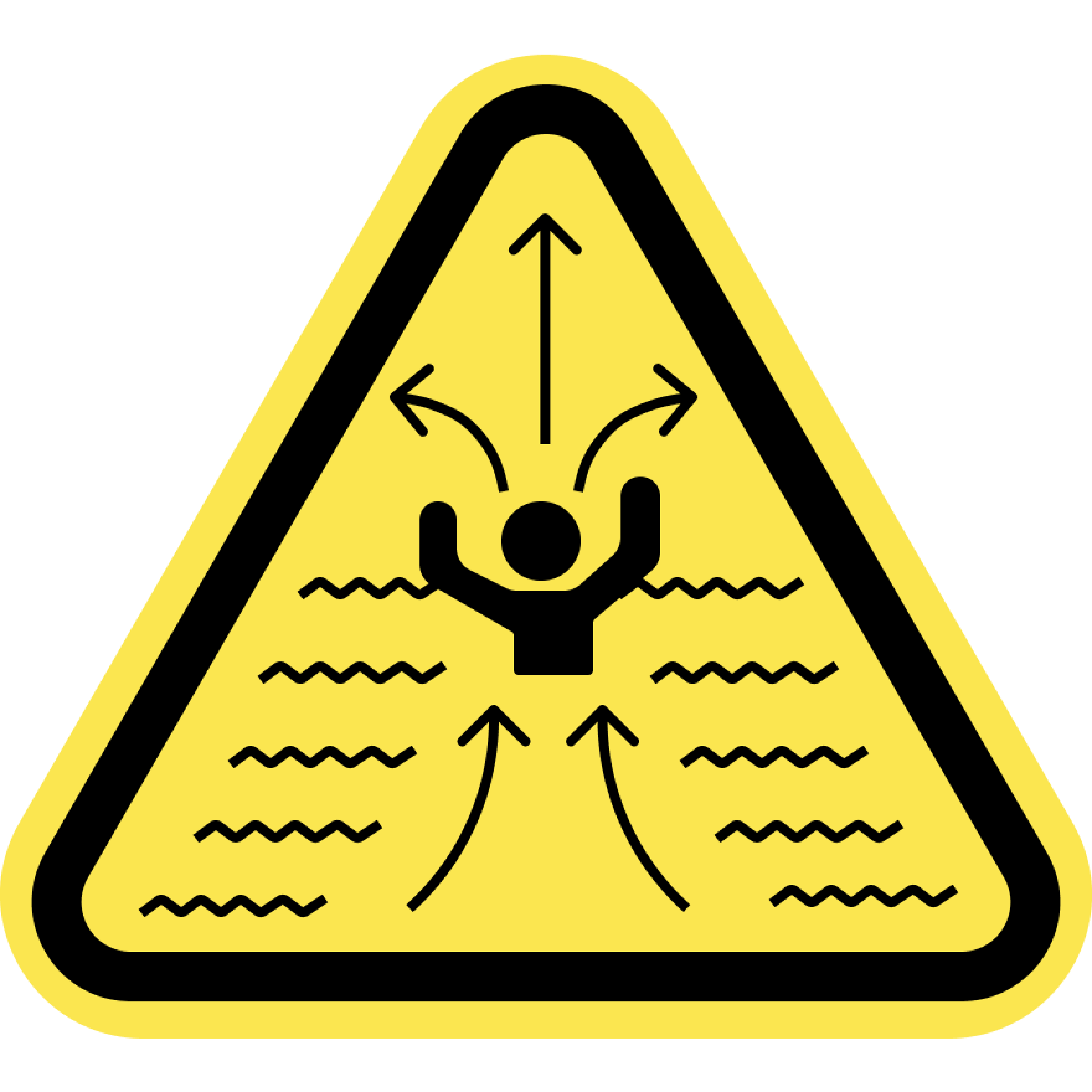
Rip Currents

Sharks
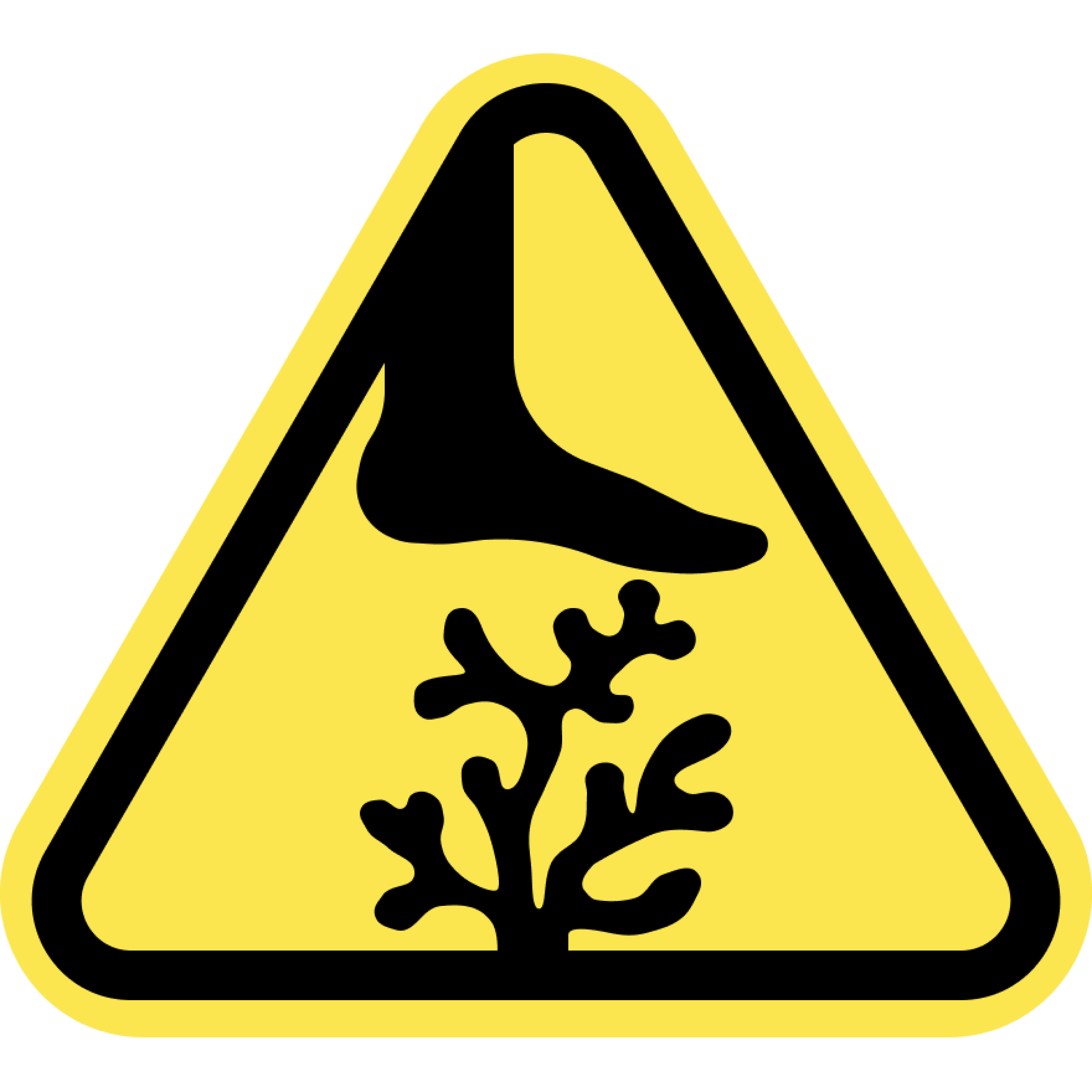
Sharp Coral
Swim at your Own Risk
Beaches and oceans are dynamic natural environments. Crowd conditions, currents, waves, wild animals, and other water and beach conditions can rapidly change. The risks and conditions shown on this site are informational only and not always real-time. Actual conditions may differ. Lifeguards are not always on duty or available. Always remain aware of your surroundings and exercise due care for your own safety and the safety of others around you.
Always check for water warnings or check with a lifeguard before you swim.



